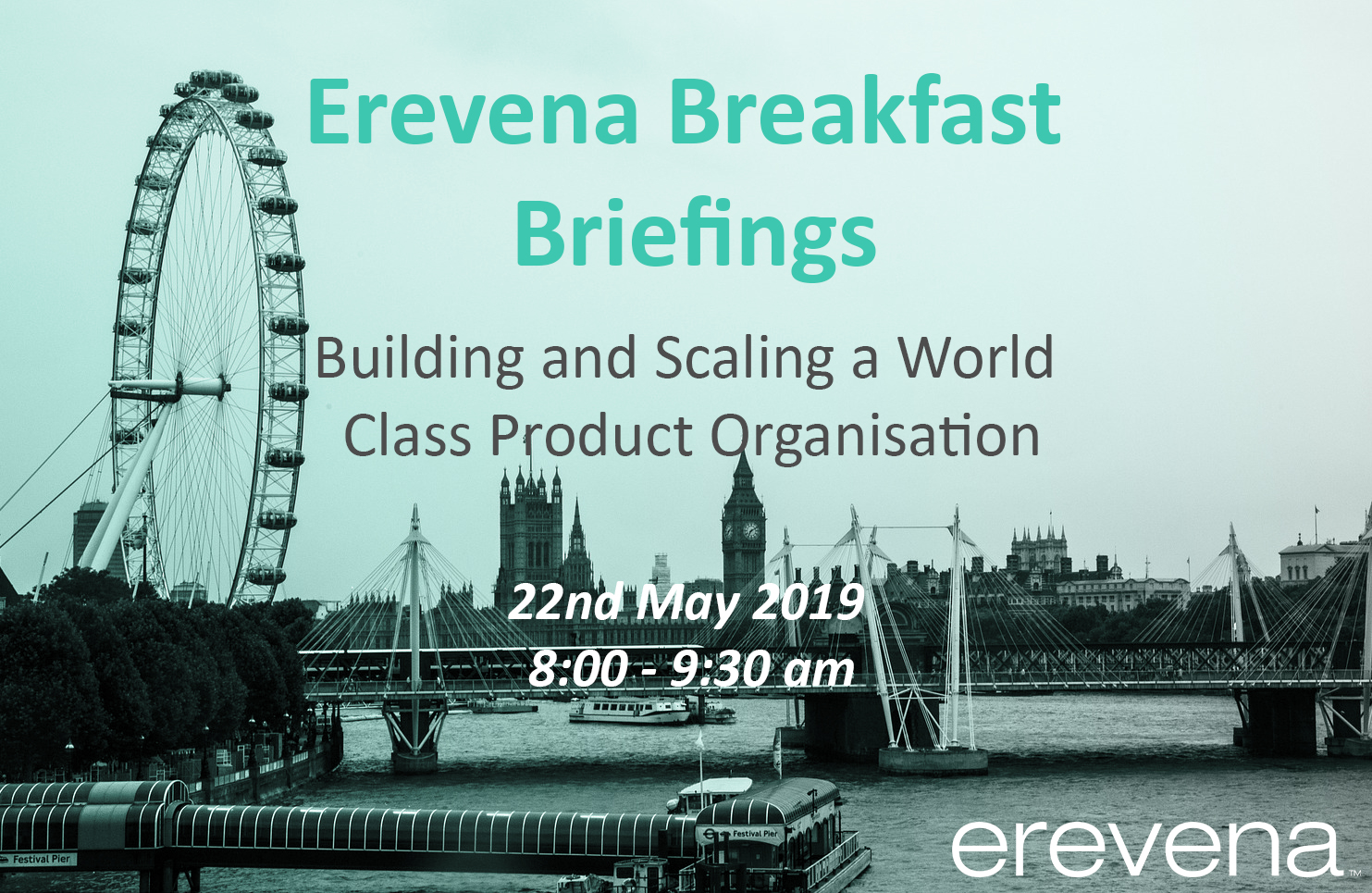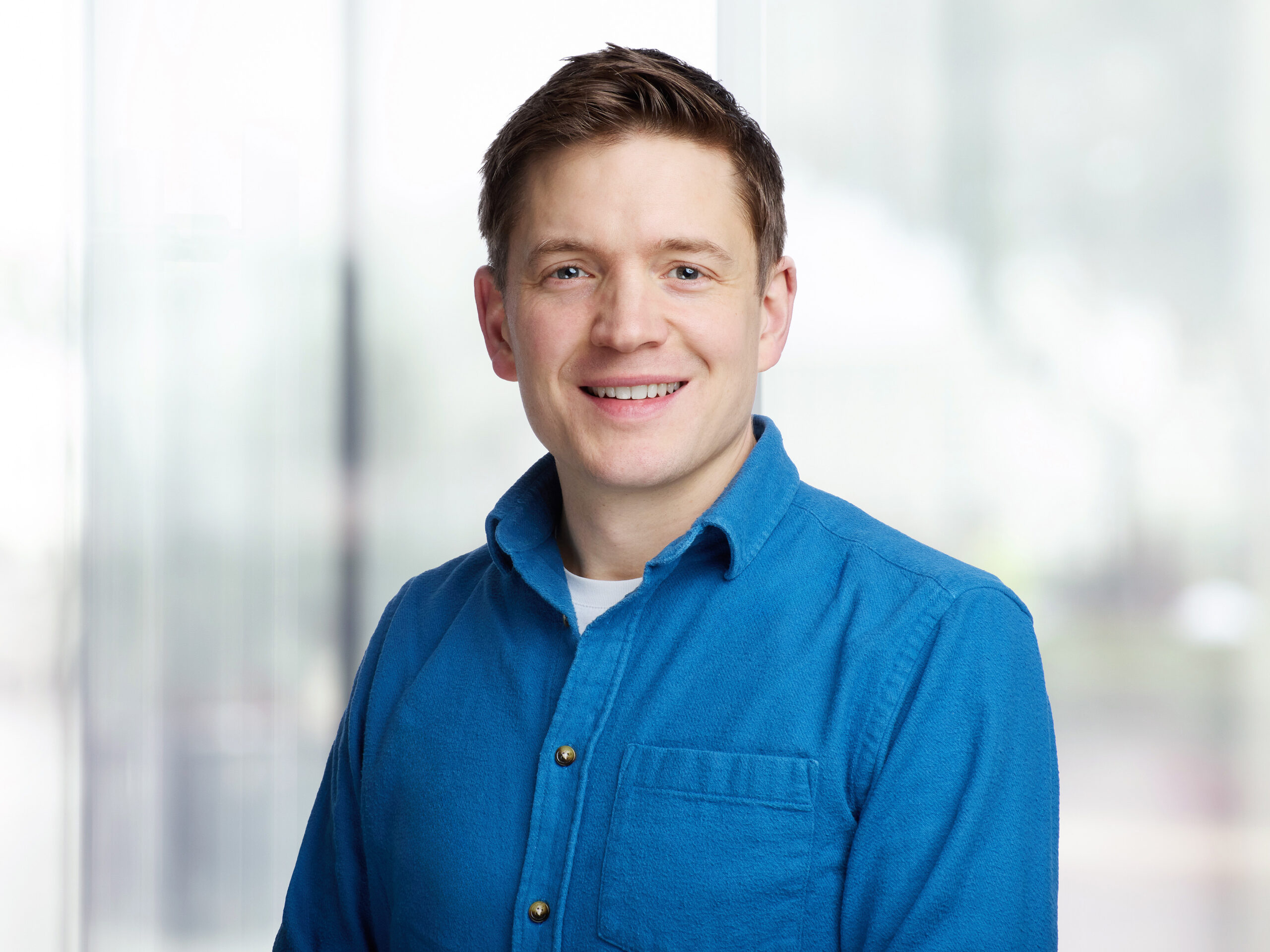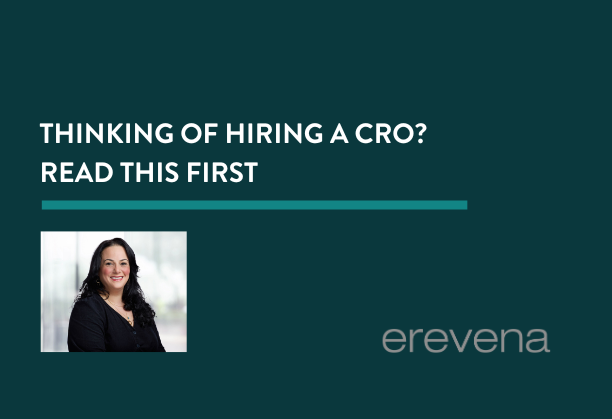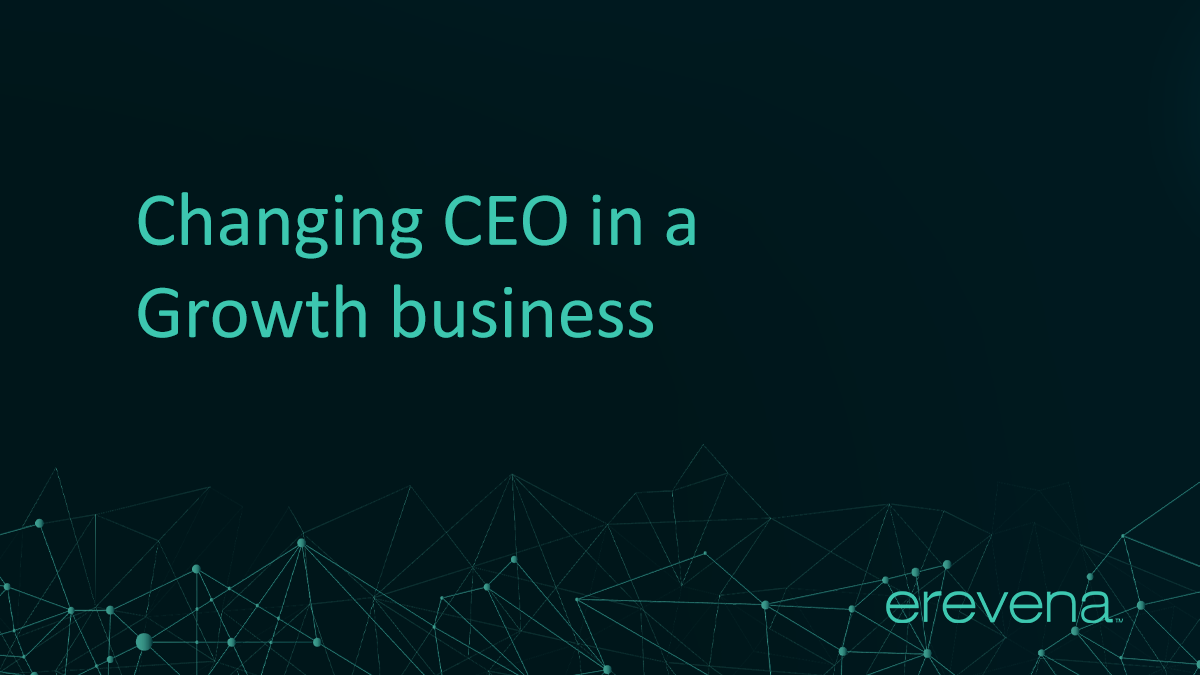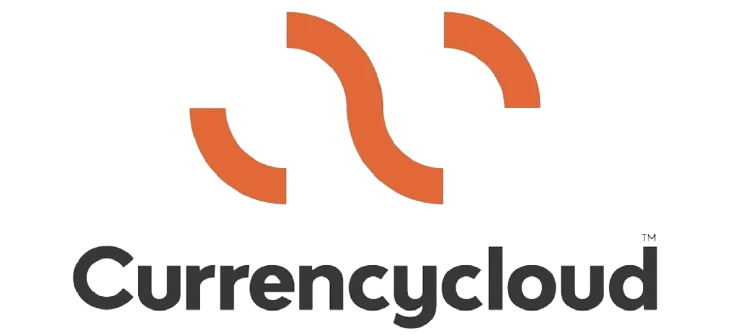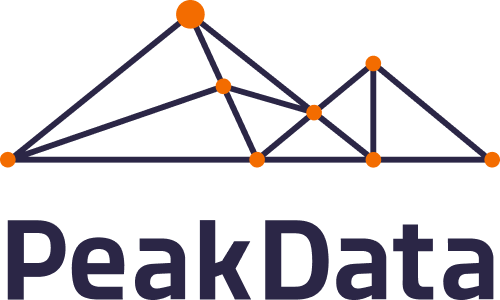Erevena recently hosted a breakfast briefing bringing together a panel of modern product leaders to discuss their experiences of building and scaling a product organisation
Our three guest speakers Vinay Ramani (CPO of Pipedrive, former Head of International Growth at Uber and Group Product Manager at Google), Vivienne Sung (CPO at Verve, former Head of Product at M&S and MD UK at Houzz) and Tim Barker (GM at Meltwater, Former CPO and CEO at Datasift, Product Strategy at Salesforce) shared their vast experiences of building out a world-class product organisation.
The conversation revolved around three key themes:
- The role of Chief Product Officer versus VP Product; when do you hire them and what do you need them to achieve?
- What does a great product function look like; how do they interface with founders and other functions?
- How to manage the long-term product strategy whilst nurturing a culture of innovation?
In an early-stage business, typically someone will initially take charge of running product looking at the 4 R’s; Requirements, Resources, the Roadmap and Releases. As a company scales and becomes increasingly successful, the complexity of these processes grow as the company acquires more customers across multiple segments and in multiple geographies. Naturally, the point at which a company needs to hire a CPO rather than a VP Product alters from business to business. However, the discussion highlighted some key differences that should distinguish a VP Product’s role in setting up initial product strategy and the CPO’s role in brokering the founder’s vision and adapting to the intricacies that arise as the product function scales with the business.
The conversation emphasized that the VP Product’s role is largely to hire the first few key product managers and get the product system humming; albeit on a much smaller scale without expanding into multiple markets or working on multiple products. Tim highlighted that it’s this growing complexity of a scaling business that creates the demand for a leadership role that can work cross-functionally across an organisation on strategy and execution and long-term growth. It is at this point that a company should begin thinking about hiring a CPO rather than a VP Product.
“When you start a venture, life starts simple; as you become successful, life becomes more complex. That’s the time you need a CPO.”
Alongside the CPO’s role in adapting to the growing convolution of a scaling business’ operations, their role in being a partner to the founder remains crucial. Vivienne highlighted that the relationship between Founder and CPO is almost the most important relationship in the business, whilst not without its own tensions:
“It’s a really intimate relationship like a marriage with a lot of blood shedding arguments, whilst trying to raise the children.”
When looking for a CPO to complement the founder, they need to be someone who shares their vision, but is also able to distil it into actions, bringing a sense of reality to the business where necessary.
In this partnership, people often ask where ownership of the business vision sits. Vinay stressed the essential role that a CPO plays in brokering the vision across a business and executive team. He described the role of the CPO as effectively a peer to the founder; not the “creator” of a vision, more someone able to translate a mission into a more tangible vision and help to make that vision a reality. It was made clear through the discussion that a CPO or VP Product shouldn’t be viewed as the sole originator of ideas but instead should bring people together and create a perfect environment for the founder’s creativity and ideas to come to life. Vinay shared the experience of his time at Uber, “Travis was known for being extremely charismatic. My job was to help take that whirlwind of a vision and systematically go through it step by step.”
Vivienne also shared her experience joining Verve as the CPO pre-funding, where her role was to initially professionalise the product and to provide a balance with her skillset, offsetting two very sales-oriented founders: “My job was to elevate the purpose of the company into actionable deliverables that the customers are going to be excited about.”
The discussion moved on to what a great product team should look like, and whether product and technology should be integrated. Early stage businesses can often be tempted to tuck product under technology or vice versa with product leading the engineers and there are reasons that that can work in the early stage of a company’s growth. However, for more scaled businesses, the panel felt strongly that product and technology were most effective as separate functions. Tim emphasised that product should be looking to deliver on the CEO’s mission and needs to be a peer to technology; this message should not then be translated through the CTO. It is the ‘what’ and ‘why’ that the product role seeks to satisfy when scaling an organisation that should outweigh the ‘how’ of the technology function. Across the board, the panel agreed that reporting into the CTO is somewhat counter-intuitive if you’re trying to be a customer-first rather than a tech-first organisation. Vivienne stressed that a “healthy tension” between the two can make product and technology function most effectively.
The discussion then focused on what creates a well-functioning product team. Vinay shared insights on how to best organise the team and integrate them with different functions across the business. Using a mountaineering analogy, he said, “One has to decide which mountains to climb”, and who is going to go out and conduct a “scoping of the mountain” and come back with a real and meaningful assessment of what tools are needed to successfully overcome current challenges. To achieve this, Vinay emphasised the importance of having a team that is entrepreneurial and doesn’t rush up the mountain; one that can strategically plan “where is base camp 1 and where is base camp 2”, that team needs to be cross-functional. This discussion highlighted the idea of establishing integrated ‘tribes’ to better solve specific customer problems. The panel concluded that splitting up parts of the customer journey was often a less effective way of organising teams than focusing small groups on solving distinct end to end customer problems.
Other practical pointers arose during the subsequent discussion around hiring into the product team:
- Try to hire fewer more senior product people and don’t be afraid of spending more than you would have hoped to!
- Hire for kindness; product is a very empathetic role and needs people who genuinely care about the company, its people, products and customers
- Augment talent shortages in the product area by hiring from management consultancies due to their skills in “client management, dissecting problems and strategic thinking”. Vivienne in particular found this a successful hiring ground, alongside other numerical functions like growth hacking and sometimes digital marketing as sources of transferable talent.
- Look for an “inherent hustle, intellectual horsepower and empathy”
- Where possible hire “spare” product people and send them out as missionaries across the business.
The final theme discussed concentrated on making time for innovation in product. Tim shared the ways in which he has been fostering innovation at Meltwater. His team highlighted between five and seven market opportunities and set up small cross functional teams that included a data scientist, analyst, engineer and product proposition lead and put them on these projects to try and ‘break the back’ of them; using third party tech when needed so as to not waste engineering time. This model has worked well for his team in allowing them time to explore these identified market opportunities and make headway in understanding how they may be able to productise them for the future. All stressed the need for a consistent and integrated approach to innovation that forms a central pillar in the company’s culture. “20% time isn’t the answer,” Tim added, “focusing on the customer, focusing on key customer problems, and driving solutions is the root of consistent innovation”.
We hope to continue this discussion soon and would like to thank everyone who attended, in particular our panel speakers who so readily delivered powerful insights combined with practical advice. Thank you for all our attendees for coming along and for their positive feedback. Alex Stephany, Founder & CEO at Beam concluded “In a world of many average and unfocused panels, this one was exceptional”.
Share this article:





